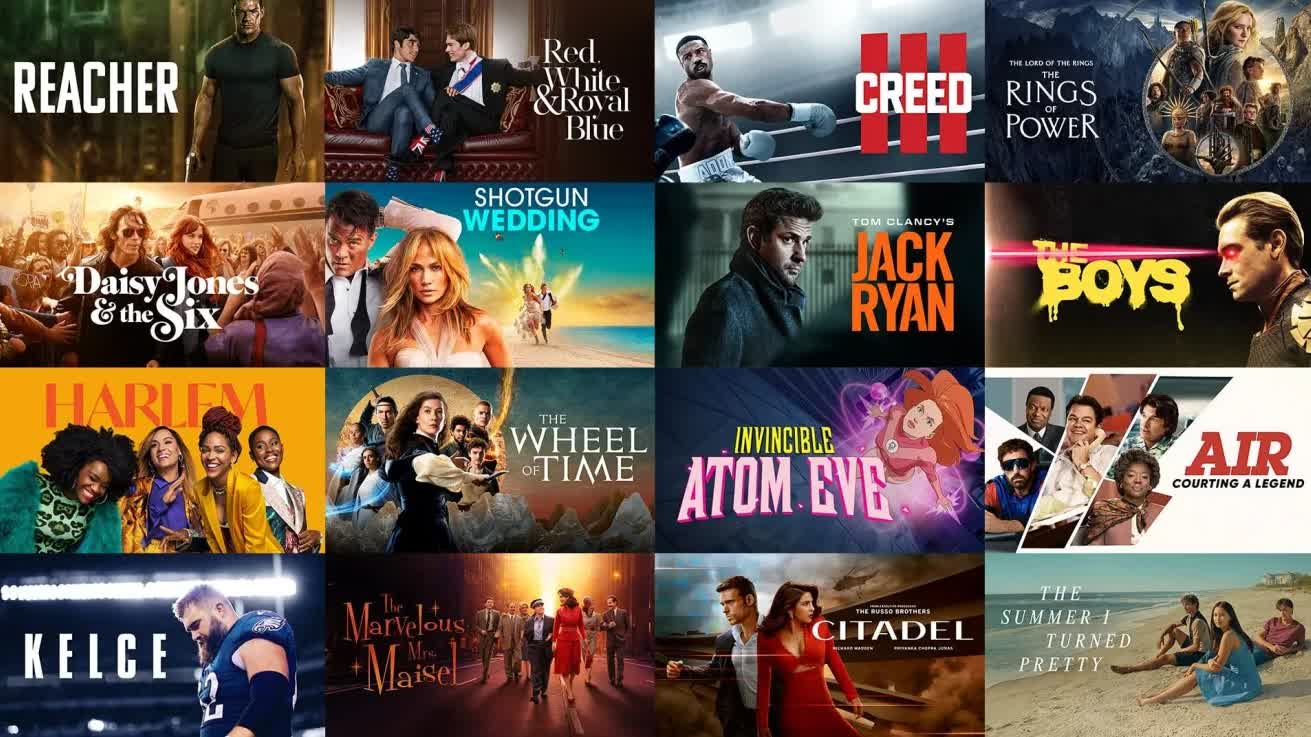WTF?! Amazon has given people another reason to love the company. After introducing ads on January 29 to Prime Video subscribers who don't pay more, it has now been revealed that those who won't hand over the extra $2.99 per month also lose access to Dolby Vision HDR and Dolby Atmos surround sound support. Curiously, the loss of these features is something Amazon previously failed to reveal.
The discovery of the lost features was first noticed by German tech publication 4K Filme over the weekend and has since been confirmed by Amazon.
Forbes tested the Dolby Vision/Dolby Atmos-encoded 'Jack Ryan' TV series to find out if the features were missing. While the TV itself showed popups confirming that the content was playing in Dolby Vision HDR and Dolby Atmos on the ad-free tier, the standard tier with ads only supported HDR10+ and Dolby Digital 5.1.
Amazon has confirmed the change, but it hasn't explained its reasons for the decision. As with everything in life, it's likely related to money: Amazon has to pay licensing fees to Dolby Laboratories, while HDR10+ is a free and open alternative.
Amazon Prime Video started supporting Dolby Vision in 2016, but it dropped support a year later in favor of HDR10+. The streaming service brought Dolby Vision back for select content in 2022.
What appears especially devious on Amazon's part is the fact that it never told anyone about these features being removed for those on the standard ad tier. Forbes notes that what's even worse is that viewing the video header information for Jack Ryan on an account with ads shows it has Dolby Vision and Dolby Atmos support, yet neither feature appears in the program unless you upgrade to the ad-free tier.
A recent report claimed that Amazon is unlikely to lose Prime subscribers over the introduction of ads to Prime Video, given that so many people use it for the shopping and shipping perks.
There are, however, plenty of people angry about the introduction of ads to the service, and have filed a $5 million proposed class action lawsuit against the company in California. It claims Amazon breached its contract and violated state consumer protection laws on behalf of users who saw their subscriptions change. The removal of the Dolby features could give the plaintiffs' arguments more weight.
Just weeks before Amazon introduced ads to subscribers, it confirmed that it would be laying off hundreds of employees across its Prime Video and MGM Studios divisions.

